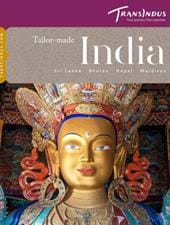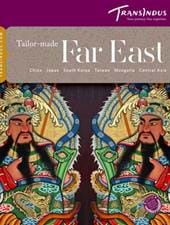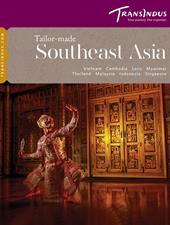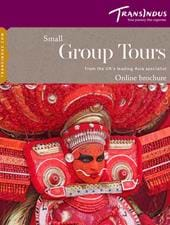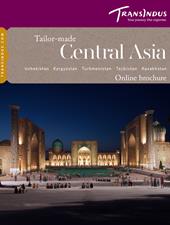This remote town on the edge of the Western Hajar Mountains was the Omani capital in the 6th and 7th centuries and remains the country’s principal centre for study, culture and the arts. Its historic core holds several ancient mosques, whole streets of mud-walled buildings and a souk that’s famous country-wide for its handicrafts, particular silver amulets and necklaces. Known as the 'Pearl of Oman' it providing sanctuary for artists and craftsmen, scientists, poets and writers alike.
From the slopes of the spectacular hills rising above it, Nizwa’s lush palm canopy dominates the landscape. This was one of the major oases for caravans crossing the vast desert to the south in times past, made fertile by a Falaj water system that survives today and enjoys UNESCO World Heritage status.
Nizwa Fort is one of the oldest, finest and most impressive attractions in Oman. Built by the Ya’ruba dynasty in the 15th century, it took over 12 years from start to finish and consist of a circular castle at its heart which predates the citadel by several centuries. Other buildings inside the fort include administrative offices, residences, bathhouses, stores and dungeons for housing prisoners. The fortified walls with 4 towers that reach 36m high occupy the four corners with circular gunnery platforms at the top for 360-degree views.
Access to the fort is dotted with traps for unsuspecting intruders hidden behind unassuming doors and a steep staircase over a sharp drop, with breaks at intervals that could be bridged by retractable wooden beams for regular use and withdrawn at the first sign of danger.

